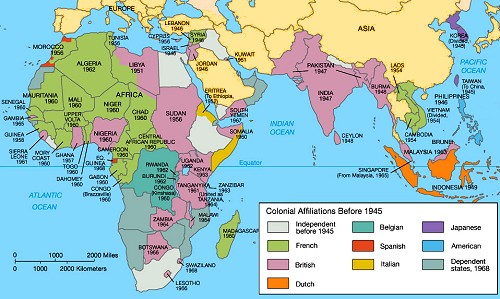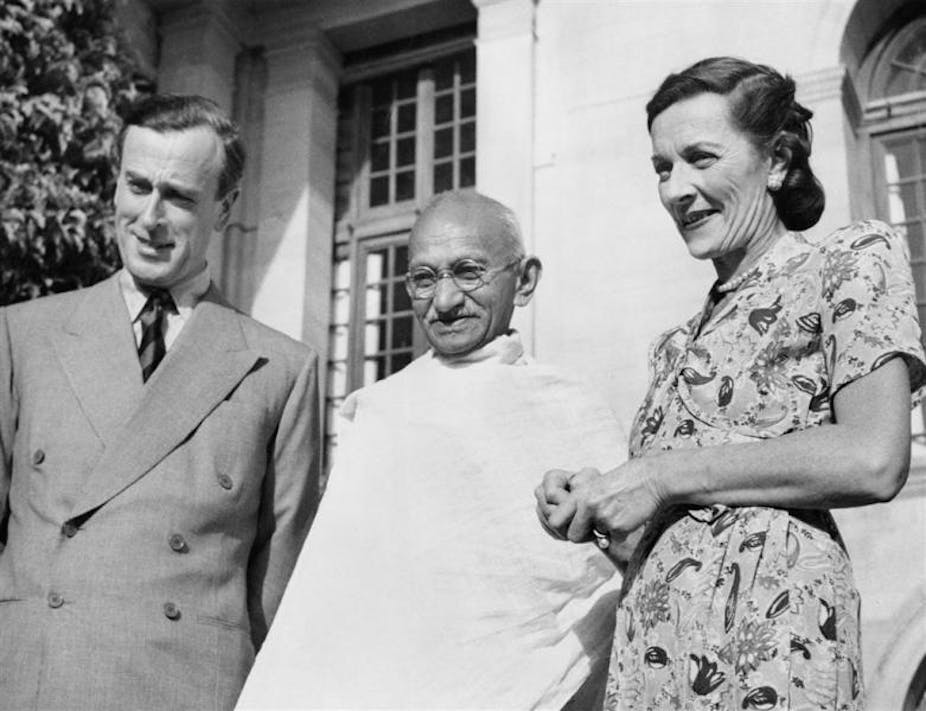The battle of Okinawa was the last major battle of WW2 and was particularly costly for both the Japanese and Americans. During this time, the war at Europe was coming to a close. The Nazis were pushed back in Berlin with their unconditional surrender only weeks away. Meanwhile, the Americans still continued the brutal campaign of island hopping and was closing in on the Japanese homeland. Okinawa would serve as a base for operation Downfall, the invasion of the Japanese homeland and the Japanese fought desperately to defend it.
More than 125,000 Japanese soldiers were stationed at Okinawa along with another 20,000 conscripts from the island itself. Meanwhile the main US navy task force descended on the island conducting the largest bombardment to ever support a troop landing. The troop landings were expected to be particularly bloody, but when the troops were sent in, there was almost no resistance at all. They quickly secured two vital airstrips and kept pushing inland without having seen the enemy who had been entrenching themselves further inland, waiting for the Americans.
The battle of Okinawa also was the end for the super battleship Yamato. It was sent to the island in a near suicide order to disrupt the landings and then beach itself and use its massive 18 inch guns as artillery weapons. But on the way there, it was spotted by American submarines and sunk. The massive warship took 11 torpedoes and 5 bombs before it slipped beneath the waves demonstrating the size and armor of the warship.
Meanwhile, the Americans had finally found the enemy who had already created the Suri defense line, a series of well defended hills which slowed the Americans down to a halt. But the most dangerous part of the battle was the kamikaze attacks that the Japanese launched on the Americans. These attacks sunk 36 ships and were terrifying to behold.
On the other side of the island was Hacksaw ridge. The Japanese there had created a system of tunnels and bunkers making the advance incredibly difficult. This ridge was the main focus of the movie, promptly named Hacksaw ridge, where Corporal Desmond Doss, a medic saved dozens of lives behind enemy lines earning him the medal of Honor. When the main force of the Americans retreated, he chose to stay to save more lives even as the Japanese were advancing.
As the battle came to a close many of the Japanese soldiers and civilians chose suicide over surrender. Of the 300,000 civilians once living on the island, almost half of them died while only 7,000 of the 125,000 strong army garrison surrendered. Knowing he had lost, the Japanese general in charge of the defense of the island committed ritualistic suicide as well. The battle was won but at a huge cost for both sides. The japanese lost over 100,000 soldiers and 150,000 civilians while the Americans suffered over 12,000 casualties. Some historians argue that the brutality and cost of this battle convinced the Americans to use the atomic bomb to end the war quickly instead of a costly invasion of the Japanese homeland.
https://www.history.com/topics/world-war-ii/battle-of-okinawa
https://www.britannica.com/topic/Battle-of-Okinawa





 zone of control in Occupied Germany
zone of control in Occupied Germany Tempelhof airport with C-47 skytrains ready to unload
Tempelhof airport with C-47 skytrains ready to unload